Optimal Timing for Dirt Installations
Spring and fall are generally preferred due to moderate temperatures and moisture levels, which facilitate compaction and settling of the soil.
Avoid periods of heavy rain or extreme heat, as these conditions can cause soil instability and delays in construction.
Optimal moisture content is crucial; soil that is too dry or too wet can compromise compaction and stability.
Temperatures above 85°F can lead to rapid evaporation of moisture, affecting soil compaction, while freezing temperatures hinder workability.
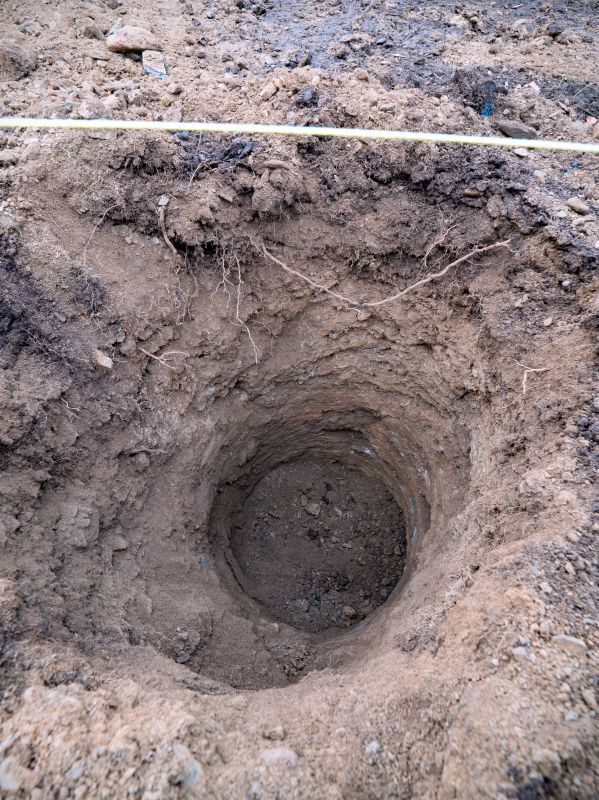
A construction site with fresh soil preparation during springtime, showcasing optimal moisture levels.
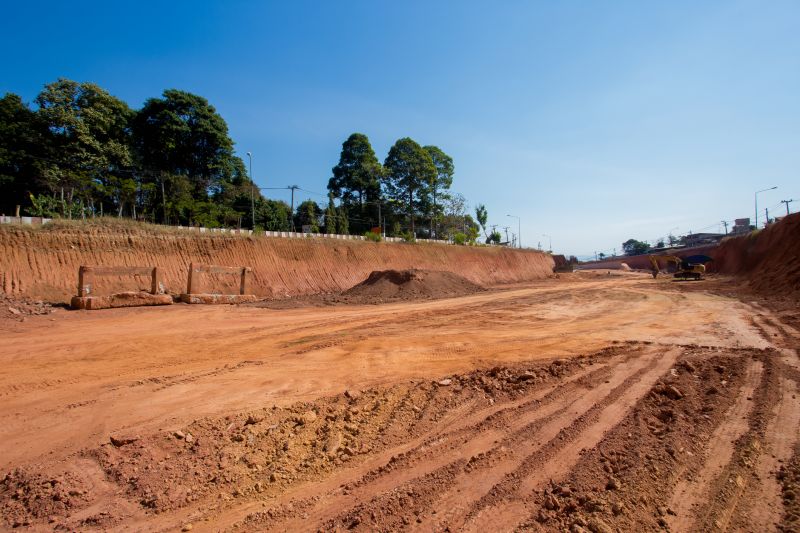
An image illustrating the impact of rain and dry conditions on soil stability.

Equipment compacting soil in favorable weather conditions for durable installation.
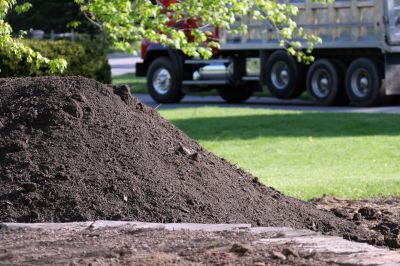
Ways to make Dirt Installations work in tight or awkward layouts.
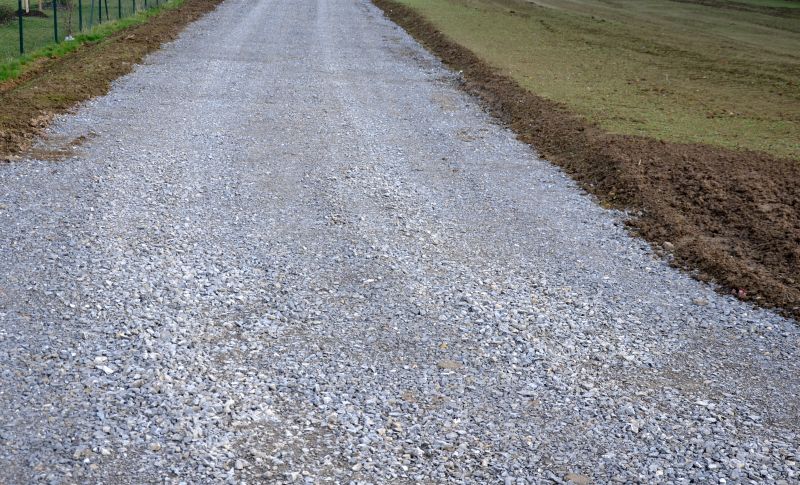
Popular materials for Dirt Installations and why they hold up over time.
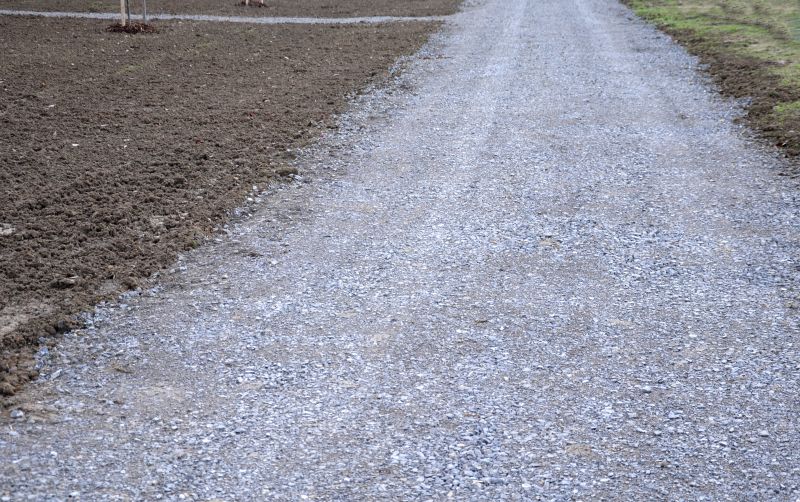
Simple add-ons that improve Dirt Installations without blowing the budget.
| Season | Advantages |
|---|---|
| Spring | Moderate temperatures and moisture levels promote effective soil settling. |
| Summer | Longer daylight hours allow for extended work periods, but high temperatures can cause issues. |
| Fall | Cooler temperatures and stable moisture content support soil compaction. |
| Winter | Limited workability due to freezing conditions; suitable only in milder climates. |
Dirt installations involve preparing and compacting soil to create a stable foundation for various construction projects. Proper timing ensures that the soil is at an optimal moisture level and temperature, reducing the risk of future settlement or shifting. According to industry standards, soil compaction during ideal weather conditions can increase stability by up to 30%, extending the lifespan of the structure built atop it.
Statistically, scheduling dirt work during the spring and fall months results in fewer delays and higher quality outcomes. These seasons offer the most predictable weather patterns, which are essential for achieving the desired soil density and compaction levels. Proper timing also minimizes the need for rework, saving time and resources.
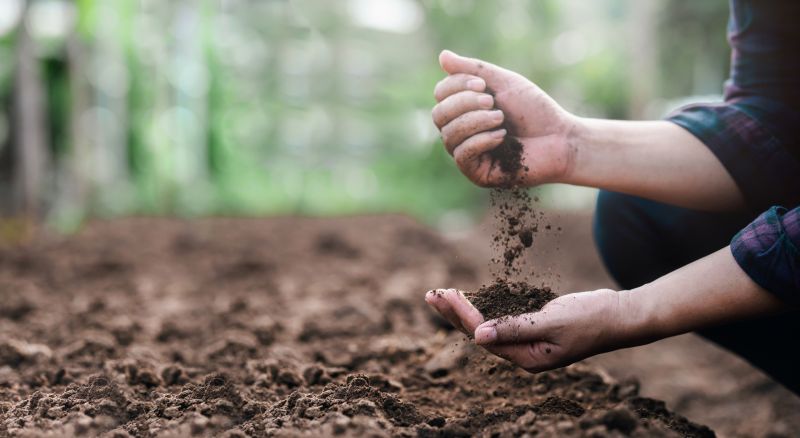
A site showing soil being prepared during suitable weather for installation.
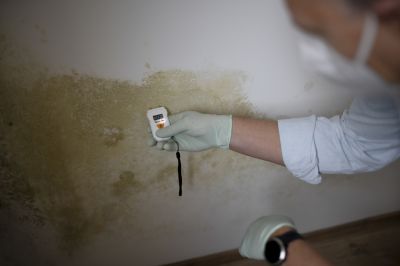
Equipment used to measure soil moisture before compaction.
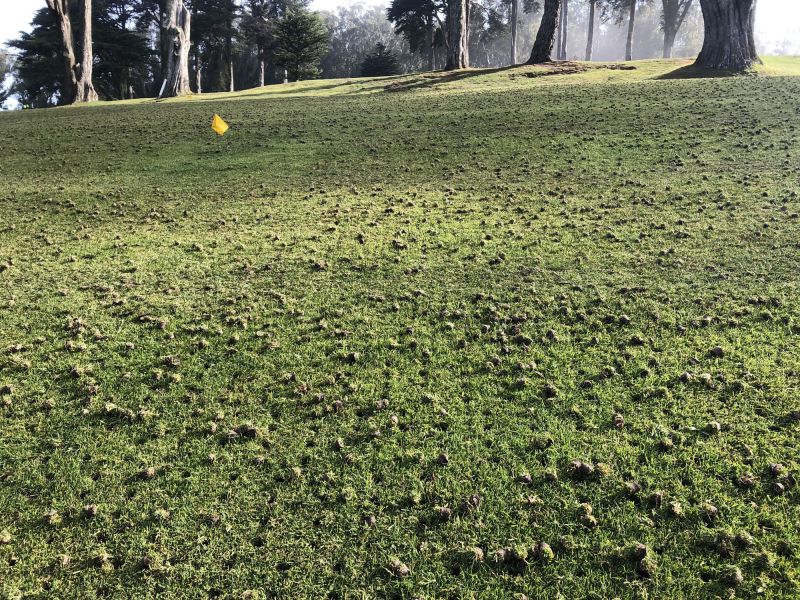
Soil stabilization process in favorable weather conditions.
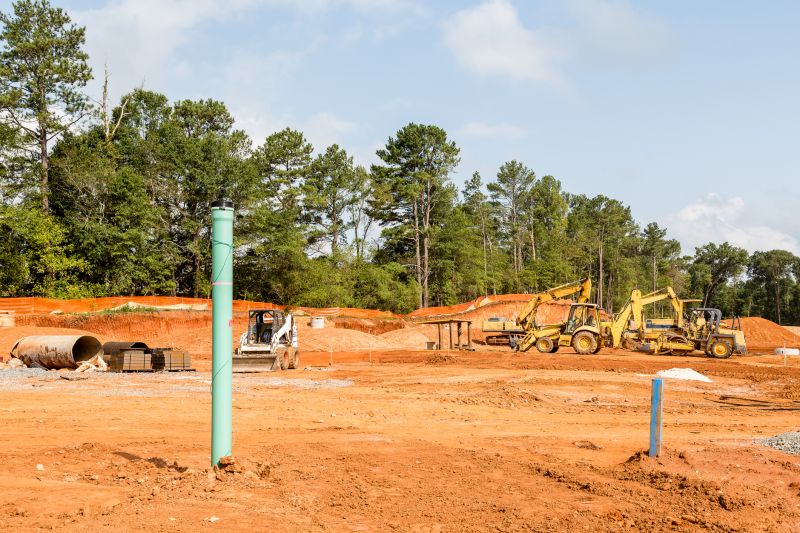
A construction site with active dirt installation during optimal weather.
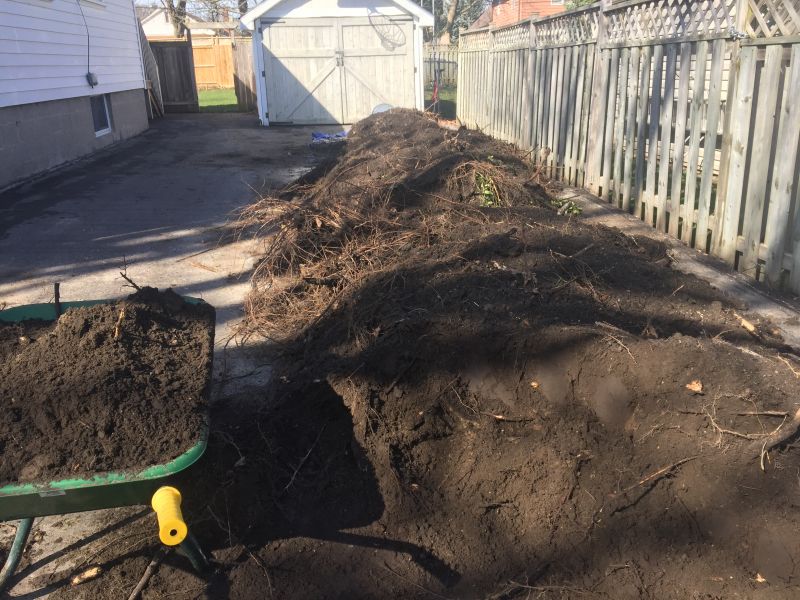
High-end options that actually feel worth it for Dirt Installations.

Finishes and colors that play nicely with Dirt Installations.

Little measurements that prevent headaches on Dirt Installations day.

A 60-second routine that keeps Dirt Installations looking new.

A frequent mistake in Dirt Installations and how to dodge it.
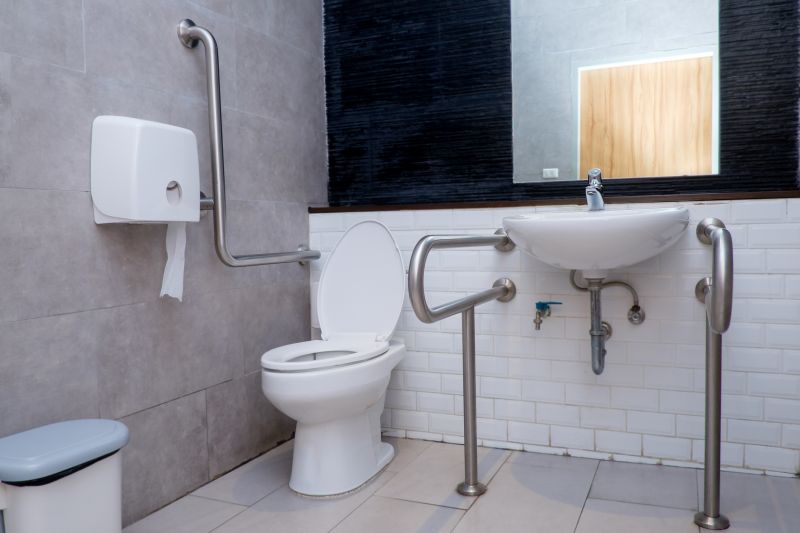
Small tweaks to make Dirt Installations safer and easier to use.
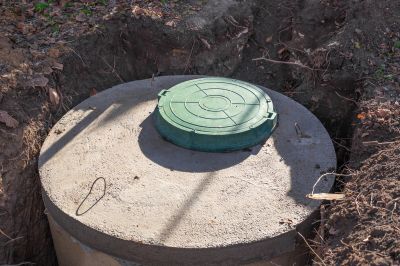
Lower-waste or water-saving choices for Dirt Installations.

The short, realistic tool list for quality Dirt Installations.
Interested in scheduling a dirt installation? Contact to discuss your project timeline and ensure the work is done under optimal conditions for best results.



